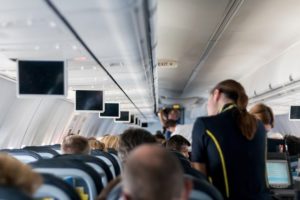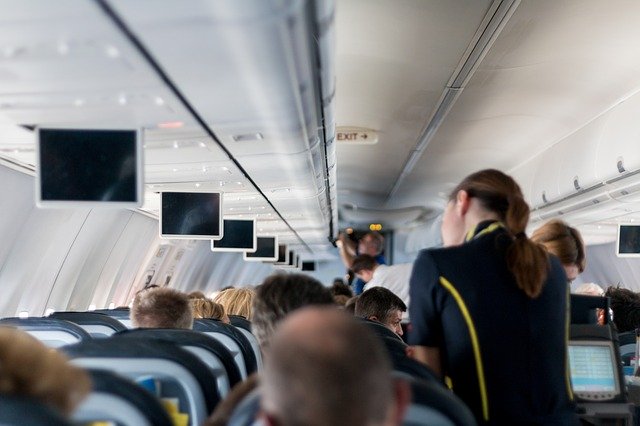 “2019 was a difficult year for aviation and 2020 is off to a tragic and challenging beginning,” says the International Air Transport Association (IATA), observing that 2019 marked the first year passenger demand fell below the long-term annual growth trend.
“2019 was a difficult year for aviation and 2020 is off to a tragic and challenging beginning,” says the International Air Transport Association (IATA), observing that 2019 marked the first year passenger demand fell below the long-term annual growth trend.
IATA’s full-year global passenger traffic results for 2019 showed that demand rose by 4.2% compared to the full year of 2018.
“The 2019 result is a slowdown compared to 2018’s annual growth of 7.3% and marked the first year since the global financial crisis in 2009 with passenger demand below the long-term trend of around 5.5% annual growth,” said IATA.
Full-year 2019 capacity climbed 3.4%, and the load factor rose 0.7 percentage point to a record high of 82.6%. The previous high was 81.9% set in 2018.
December 2019 demand increased 4.5% against the same month in 2018, an improvement over the 3.3% annual growth recorded in November, primarily due to solid demand in North America.
“Airlines did well to maintain steady growth last year in the face of a number of challenges. A softer economic backdrop, weak global trade activity, and political and geopolitical tensions took their toll on demand. Astute capacity management, and the effects of the 737 MAX grounding, contributed to another record load factor, helping the industry to manage through weaker demand and improving environmental performance,” said Alexandre de Juniac, IATA’s director general and CEO.
International passenger traffic climbed 4.1% in 2019 compared to 2018, down from 7.1% annual growth the year before. Capacity rose 3.0% and load factor edged up 0.8 percentage point to 82.0%.
Asia-Pacific airlines’ full-year traffic increased 4.5% in 2019, which was a large decline compared to 8.5% growth in 2018. This reflected the impact of the US-China trade war as well as weakening business confidence and economic activity. Capacity rose 4.1%, and load factor ticked up 0.3 percentage point to 80.9%.
Domestic air travel climbed 4.5% in 2019, which was down from 7.8% in 2018. All markets showed annual growth, led by China and Russia. Capacity rose 4.1% and load factor was 83.7%, up 0.4% percentage point compared to 2018.
China’s airlines saw domestic passenger traffic expand by 7.8% in 2019, the slowest pace since the global financial crisis. Softer economic activity amid the US-China trade war, compounded by weaker consumer spending and unrest in Hong Kong all contributed to the slowdown.
“Looking into early 2020, any positive impacts of the ‘phase one’ trade agreement with the US likely will be countered by the impact of the coronavirus outbreak,” said the report.
Indian airlines’ four years of double-digit demand growth came to a halt in 2019, as traffic rose 5.1%, down from 18.9% in 2018. The bankruptcy of Jet Airways and weakening economic activity were the main culprits of the slowdown.
IATA said that “2019 was a difficult year for aviation and 2020 is off to a tragic and challenging beginning,” noting that “the shooting down of PS 752 in January was inexcusable.”
On the novel coronavirus, de Juniac said: “From our experience of past outbreaks, airlines have well-developed standards and best practices to keep travel safe. And airlines are assisting the World Health Organization (WHO) and public health authorities in efforts to contain the outbreak in line with the International Health Regulations.
“There currently is no advice from WHO to restrict travel or trade. But it is clear that demand has fallen on routes associated with China, and airlines are responding to this by cutting capacity for both domestic and international China. The situation is evolving fast, but we are observing significant schedules adjustments for February.”
Image by Lukas Bieri from Pixabay





